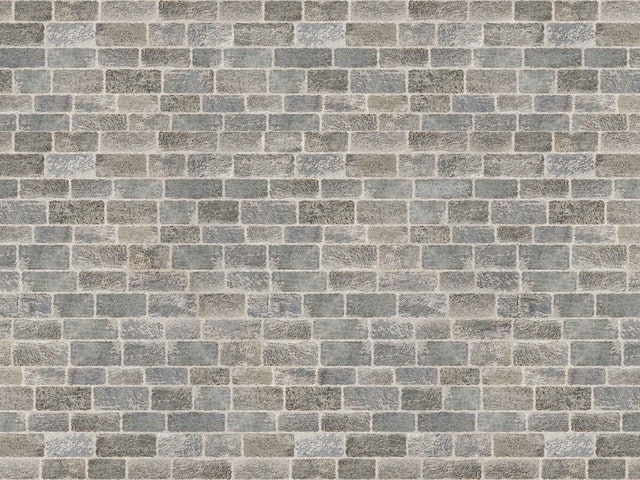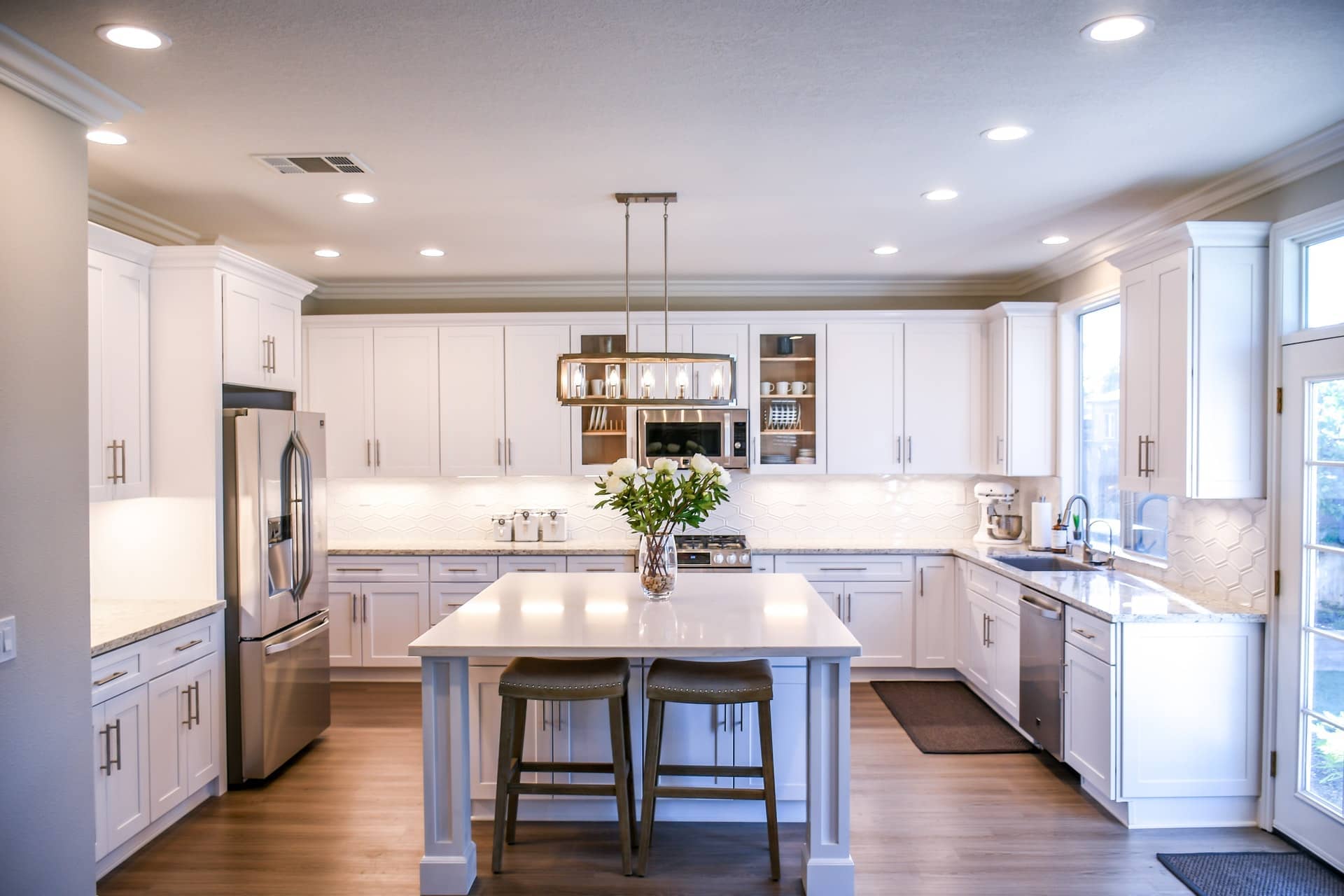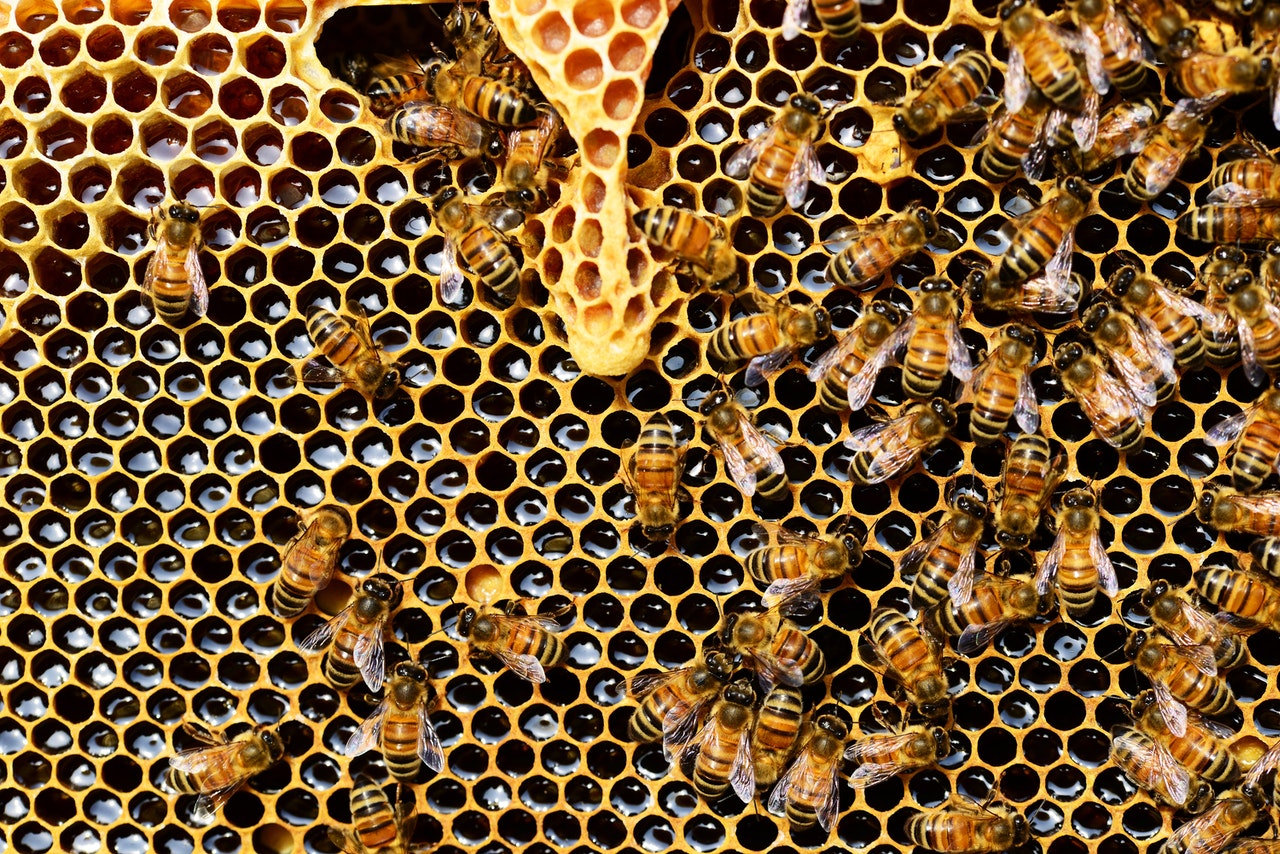
Whitewash or Limewash -What's the Difference?
If you are a homeowner and have done some renovating, you've probably come across the term whitewash or limewash at some point. I follow a sweet family on social media and they had lime washed their interior rock wall by the fireplace. I had never heard the term limewash before and it got my brain going. What exactly is the difference between whitewash and limewash? My sister has whitewashed her fireplace and it looks fabulous,-so I've seen the outcome of whitewashing, however I really wanted to dig into the differences between the two. While people sometimes use the words interchangeably, they are not the same thing. Below we dive into what is the difference between whitewashing and limewashing? Is one better than the other for your upcoming painting project?
What Is Whitewashing?
Whitewashing involves applying a water based paint that you mix with water. Apply it in thin layers with a large, soft paint brush; it tones down natural colors of brick, wood, or other surfaces, creating a vintage or weathered look. The painter can also use a wet rag to wipe areas of the paint away, allowing a little bit of the natural brick or wood to peek through the whitewash paint.
Limewash is available in a few different shades, while whitewashing is just a classic white. More features of whitewashing include:
- Acceptable for interior and exterior use
- Coats and smooths over rough surfaces
- Fairly easy application
- Dries fastly
- Ideal for applications on raw, unfinished wood, so you will need to sand away any existing finish before applying
- If applied correctly, whitewashing can last up to 20 to 30 years, with little need for maintenance -which is such a bonus if you ask me!
What Is Limewash?
Limewash is made from limestone that has been crushed, burned, and then combined with water to make putty. After the putty goes through an aging process, it is thinned with water to create a paint that has a mottled, matte look with a chalky texture. Limewash is available in white, which is the natural hue of limestone, or in shades of gray, brown, and taupe, which are created by adding natural pigments. The limewash becomes lighter as it dries, so keep that in mind you will want to test colors.
- Acceptable for interior and exterior use
- Odor, moisture, fungal and insect resistant
- Provides a layer of protection against outdoor elements
- Easily removable up to five days after painting
- Ideal for absorbent surfaces like stone, brick, and plaster
- Can apply to drywall as long as you apply a mineral-based primer first
- If applied correctly, it will typically not peel, flake off, or chip, but may require touch-ups every 5 to 7 years -This is why many people chose whitewash over limewash
Still not sure which to choose? Honey Do Painting will be happy to give you more information concerning whitewash vs limewash. We would love to give you details to help you decide which is best for your project! Email us at honeydopainting9@gmail.com or call us at (208)699-1790!






